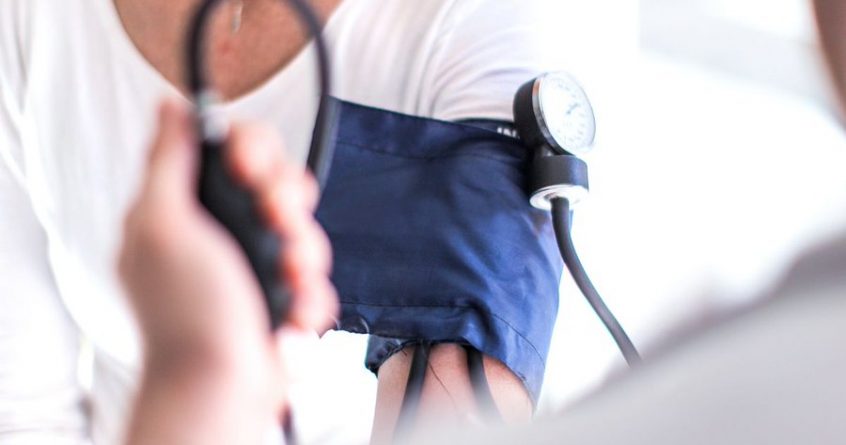As with most doctors, I would always measure a person’s blood pressure in one arm, and one arm only. However, new research reveals that I’d be missing around one in 10 cases of high blood pressure by not measuring the BP in both arms, and then using the higher reading.
In line with new research, blood pressure should be measured in both arms, and the higher reading should be used to improve hypertension diagnosis and management.
The study found using the higher arm blood pressure reading would reclassify one in eight people as having hypertension who would have otherwise fallen below the threshold for diagnosis if the lower reading arm was used.
The University of Exeter-led research analysed data from 53,172 participants in 23 studies worldwide.
The team found that using the higher arm measurement compared to using the lower arm resulted in reclassification of 6,572 (12.4%) of participants’ systolic blood pressures from below to above 130mmHg, and 6,339 (11.9%) from below to above 140mmHg, moving them above commonly used diagnostic thresholds for hypertension.
Study lead Dr Christopher Clark, from the University of Exeter, said, “High blood pressure is a global issue and poor management can be fatal. This study shows that failure to measure both arms and use the higher reading arm will not only result in under-diagnosis and under-treatment of high blood pressure but also under-estimation of cardiovascular risks for millions of people worldwide.”
He continued: “It’s impossible to predict the best arm for blood pressure measurement as some people have a higher reading in their left arm compared to right and equal numbers have the opposite. Therefore, it’s important to check both arms as detecting high blood pressure correctly is a vital step towards giving the right treatment to the right people.
“Our study now provides the first evidence that the higher reading arm’s blood pressure is the better predictor of future risk.”
The study also showed that higher arm blood pressure readings better predict all-cause mortality, and cardiovascular events and mortality, compared to the lower arm reading. So checking both arms is the new rule.
Professor Rod Taylor, Professor of Population Health Research from the University of Glasgow, said: “The assessment of our risk of future serious cardiovascular events depends on regular screening of our risk factors, including blood pressure.
“This newly published study provides important new knowledge that the time-honoured approach of assessing blood pressure needs to change so that we routinely measure blood pressures in both arms.”

